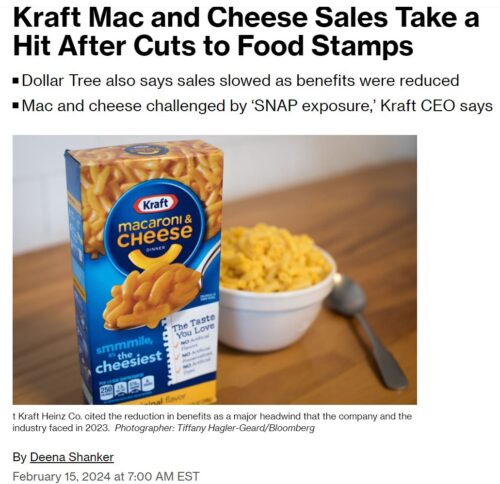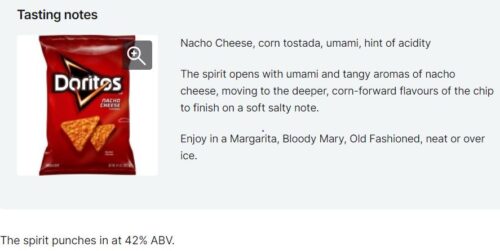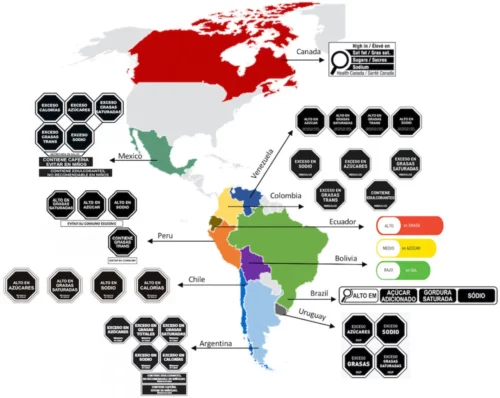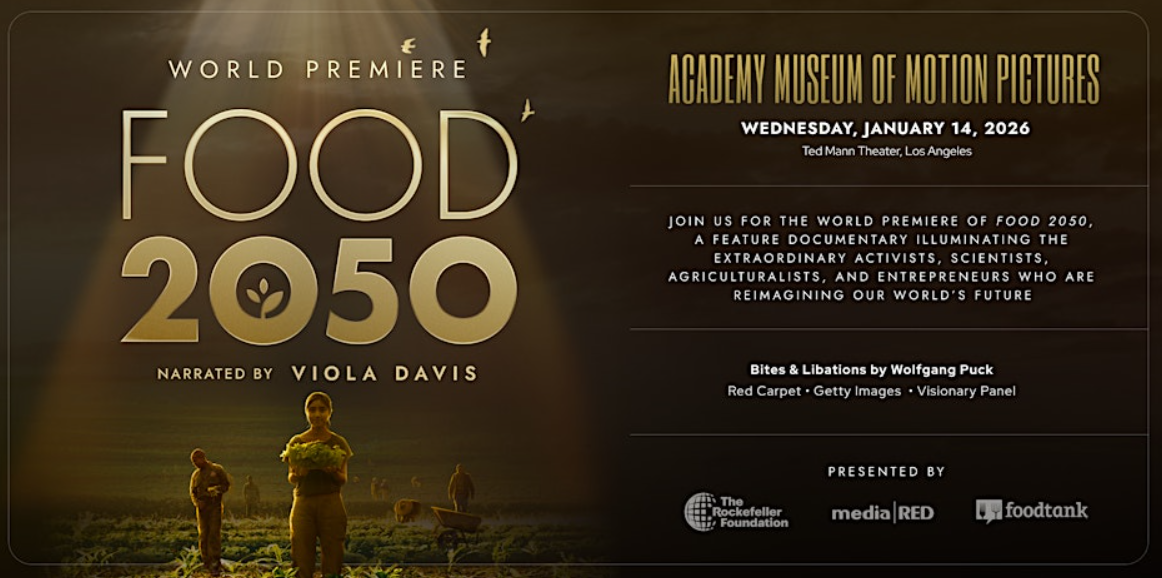Weekend reading: The Financial Times (!) on ultra-processed foods
If you are still confused about ultra-processed foods and the current status of this truly important dietary concept, here is a great place to start: The Financial Times of all things: “Deny, denounce, delay”: The battle over the risk of ultra-processed foods.
Why important? The message is clear: eat less of them. Hence, the article’s subtitle: “Big Food is trying to dampen fears about the effects of industrially formulated substances.”
This piece is totally worth reading.
It is clear that the public is now much more aware of UPFs, and concerned about them. Two-thirds of Europeans now believe that ultra-processed foods are unhealthy and will cause health problems in later life, according to a February survey of 10,000 people in 17 countries, and 40 percent do not trust that the authorities are regulating them well enough. Research by Mintel in the UK has found that 70 percent of UK adults try to avoid ultra-processed foods.
“I don’t think even Carlos Monteiro in his wildest dreams expected the public discourse to get so attuned,” says Lang at City University. “The public is running with it. The genie is out of the bottle.”





